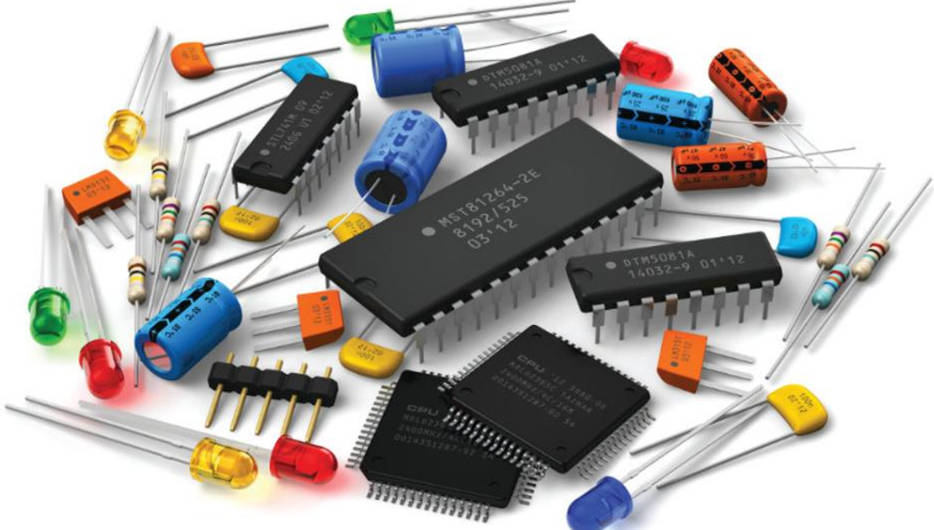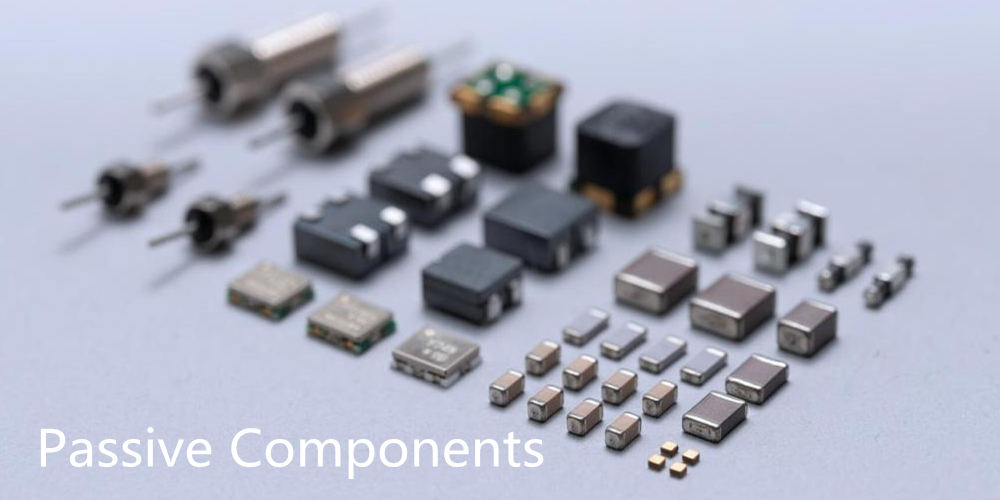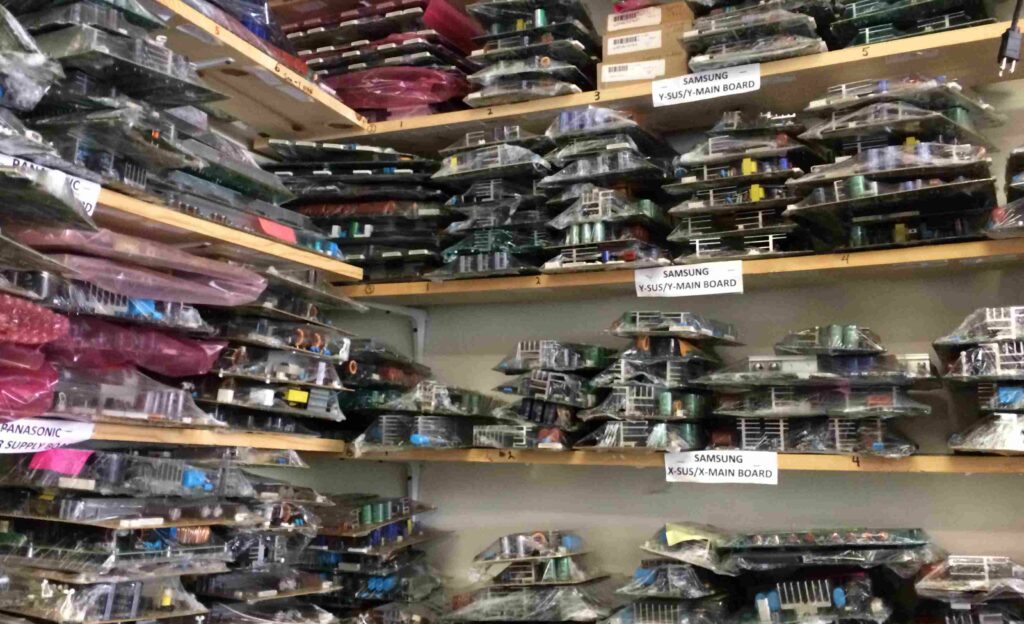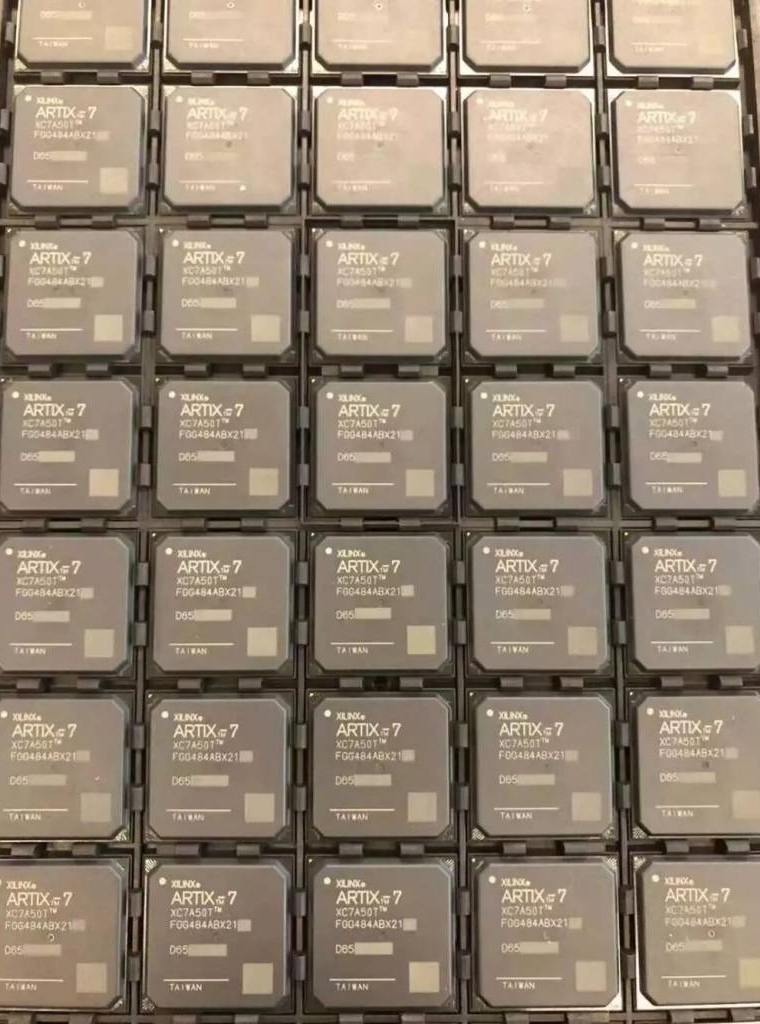Introduction to Electronic Components
An electronic circuit comprises various components that can be classified into two main categories – active components and passive components. Each component has its own characteristics and applications. Understanding the difference between the two is essential for circuit design and analysis.
What are Electronic Components?
Electronic components are the basic building blocks of electronic circuits. They have two wire leads or terminals that enable electrical connection to a circuit board or other components. Components alter the current, voltage, electrical signals or power in a circuit to perform a specific function. The function and operation of a component depend on its classification as either active or passive.
Keyword: Active and Passive Components
The main difference between active and passive components is that active components rely on an external source of power and can inject power into a circuit. In contrast, passive components cannot introduce power into a circuit. They depend wholly on the power provided by active components to operate.
This article provides an in-depth explanation of active and passive components with examples and a comparison of their characteristics.
Active Components

Active components require an external source of power such as voltage or current to operate. They can amplify, switch or modify the signals applied at their input terminal thereby controlling the power they supply to a circuit. Their design introduces non-linearity into circuits which enables versatile functions.
Active components are classified based on their specific function in a circuit. The most common types are:
Transistors
Transistors regulate current flow between terminals based on the voltage applied at one terminal called the base. They have three layers consisting of P-type and N-type semiconductor material. Transistors act as switches or amplify electrical signals. Common types are BJT (Bipolar Junction Transistor) and FET (Field Effect Transistor).
Integrated Circuits (ICs)
ICs integrate multiple transistors and passive components into a small chip. Analog ICs process analog signals while digital ICs process binary signals. Examples are operational amplifiers, microcontrollers, microprocessors, etc.
Vacuum Tubes
Vacuum tubes control electric current flow in a vacuum sealed glass tube. While transistors have replaced tubes in most modern electronics, tubes find applications in high-power amplifying circuits. Common types are triodes and pentodes used in guitar amplifiers.
Optoelectronic Devices
Optoelectronic devices emit, detect or control light to facilitate the transfer of power or signals. They include light-emitting diodes (LEDs), photodiodes, phototransistors, laser diodes, etc.
Passive Components

In contrast to active components, passive components do not require external power to function. They simply dissipate the power supplied by active components or maximize it for more useful purposes. The function of a passive component depends wholly on its physical construction. They are generally two-terminal linear devices with no amplification capability.
Common types of passive components include:
Resistors
As the name implies, resistors resist current flow to reduce current or divide voltages in a circuit. They are made from materials like carbon, metal film or metal oxide. Values range from 1 ohm to 1 giga-ohm. Variable resistors enable adjusting resistance manually.
Capacitors
Capacitors store electric charge temporarily. They comprise two metal plates separated by an insulating dielectric material. When connected to voltage, electrons accumulate on one plate to induce opposite charge on the other. This storage ability allows them to block DC signals and pass AC signals.
Inductors
An inductor consists of a coil of wire that introduces inductance into a circuit. It stores energy in its magnetic field to oppose changes in current flowing through it. Inductors block high-frequency AC signals and allow DC/low-frequency signals to pass.
Transformers
Transformers transfer electric power between circuits using electromagnetic induction between coil windings. They do not alter power but only transform voltage/current levels to different values as per the winding ratios. Isolation transformers prevent electrical noise.
Cables and Connectors
Wires, cables and connectors establish connections to transfer signals or power between components and PCBs. Common types are electrical wire, coaxial cable, HDMI cable, USB connector, etc.
Some key characteristics differentiate active components from their passive counterparts:
Active vs Passive Components Comparison
| Parameter | Active Components | Passive Components |
|---|---|---|
| Power Requirement | Require external power supply | Do not require external power |
| Behavior | Non-linear (variable resistance with applied voltage) | Linear (fixed resistance) |
| Power Handling | Can deliver high power gain | Cannot amplify power |
| Control Function | Can control a circuit’s operation | Cannot actively control circuits |
| Components | Diodes, ICs, transistors | Resistors, inductors, capacitors |
| Direction of power flow | Can supply power to a circuit | Only dissipate power supplied to them |
| Act as amplifier | Yes | No |
| Modification of signals | Modify signal parameters like amplitude, frequency | Do not modify signals |
| Design complexity | Complex internal structure | Simple structure |
| Cost | Generally expensive | Inexpensive compared to active components |
| Applications | Wave shaping, switching, oscillators | Filtering signals, tuning circuits, impedance matching |
| Failure rate | Higher chance of failing over time | Lower chance of failure |
This comparison summarizes how active components differ from passive components in functions, power handling capability, direction of power flow, modification of signals and other parameters.
Both active and passive play vital roles in electronic systems and facilitate many complex functions not possible with only one type.
Applications of Active and Passive Components

Though they differ fundamentally in power handling capability, both component types enable functioning of modern electronics designed for various applications – from tiny integrated circuits to high voltage power transmission systems.
Here are some notable applications:
Signal Processing Circuits
Audio/radio signal processing circuits like equalizers and filters use active components like transistors and op-amps to amplify and modify signals. Passive components like capacitors, resistors and inductors help tune the frequency response.
Computers and Digital Devices
Computers and mobile devices extensively use ICs like microprocessors and memory chips to process, store and display information by processing binary data. Resistors set reference voltages while capacitors store charge in RAM. Clock signals rely on the passive components RC time constant.
Wireless Communication
In wireless transmission systems, active devices like microwave tubes and transistors generate and modulate the carrier signals. Passive L/C filters separate channels and passband signals while rejecting unwanted frequencies. The antenna does not require external power.
Voltage Regulation
Active voltage regulator ICs monitor power supply voltage. Changing resistance values passively filters ripples while capacitors provide temporary charge storage to stabilize regulated voltage output despite fluctuations in supply or load current demand.
Power Supplies
Switch mode power supplies use active PWM controller ICs and fast-switching transistors to maintain high efficiency. Passive filters block switching noise and output inductors smooth out rectified pulses. Large capacitors temporarily source current preventing ripple.
Analog Circuits
Op-amps with negative feedback commonly amplify signals in analog circuits. Supporting passive RC networks determine gain and filter response. Potentiometers allow manual control of lighting dimmers and audio equipment.
Oscillators and Timers
Oscillators generate AC waveforms using active components like transistors wired in positive feedback with capacitors/inductors. RC timing circuits make clocks while 555 timers generate PWM pulses passively.
This summarizes some applications benefiting from both active and passive components based on amplifying/generating or filtering/tuning requirements. Combining them creatively facilitates unlimited innovative circuit ideas.
Importance of Passive Components

Though active components enable amplifying and controlling signals, their operation depends wholly on passive components that offer these crucial functions:
Passive Components Uses
1. Filter Signals
- Inductors, capacitors and resistors filter unwanted frequencies in signals.
- L/C filters separate high and low frequencies.
- RC filters set amplifier gain and alter phase response.
2. Impedance Matching
- Transformers match impedance allowing maximum power transfer between mismatched loads.
- Tapped inductors drop high voltages for device supply.
3. Set Reference Voltages
- The resistor divider biasing circuit generates stable DC voltages to bias active devices.
- Zener diodes provide constant reference voltages.
4. Shape Waveforms
- RC time constants charge/discharge to form ramps and exponential non-sinusoidal wave shapes.
- RLC tank circuits tune to desired frequencies.
5. Provide Stability
- Capacitors store charge to smooth filtered DC that powers circuits when supplies dip.
- Inductors maintain current ensuring no sudden spikes or drops.
6. Protect Sensitive Components
- Surge protectors prevent current/voltage spikes reaching fragile devices.
- Current limiting resistors protect LEDs and IC pins from exceeding maximum ratings.
7. Make Tuned/Timing Circuits
- Variable capacitors tune radio receivers.
- 555 timers built solely from resistors and capacitors make adjustable oscillators clocks.
8. Facilitate Power Transfer
- Cables/connectors carry power between circuits or PCBs
- Large capacitors store charge close to ICs reducing ripple.
This outlines why passive components are indispensable despite having no amplifying or controlling capability. By filtering, tuning, protecting, matching and shaping waveforms, they facilitate active components to operate at optimum performance.
Difference between Active and Passive Components – Summary
Active components inject power into circuits, control operation, achieve voltage/current gain and amplify signals. They comprise transistors, ICs, diodes, vacuum tubes and optoelectronic devices.
Being nonlinear, active components can modify and manipulate signals enabling modern equipment. But this requires external biasing from a power source.
Passive components solely depend on the supplied power and respond linearly to it without gain. Resistors, capacitors, inductors, transformers, cables and connectors make up this group.
Though passive in nature, they shape frequency response, set reference levels, limit current/voltage, match impedance allowing active components to function reliably and optimally.
In summary, the contrast is –
Active components: Amplify signals, modify waveforms, electronically switch/control circuits
versus
Passive components: Filter/tune signals without adding power, provide stability with fixed values.
Understanding their contrasting characteristics aids designing fail-proof, cost-effective and high-performance electronic circuits. Combining both creatively facilitates complex real-world functionality.
Frequently Asked Questions
1. Why are active components called ‘active’?
Active components require external biasing to function. By responding to slight changes in input signals, they can amplify and modify the output dynamically. This ability to actively control signals gives them the name ‘active’.
2. Do passive components waste power?
No, passive components only dissipate whatever power is supplied by the active component to maximize functionality. By filtering and tuning circuits, they allow efficient power use. However, resistors convert some energy to heat.
3. Can a circuit function only with passive components?
Passive-only circuits can shape signals (by filtering/tuning) or divide voltages but cannot provide gain or rectify AC to DC. Also, ICs and transistors, being active components enable digital logic, data processing and PWM based functions.
4. Which has higher reliability – active or passive components?
Passive components are generally more robust with lower failure rates over time. They can function reliably for decades with simpler construction. In contrast, active components age faster due to complex internal functioning and are less tolerant to overvoltages or heat.
5. What determines ‘active’ and ‘passive’ classifications?
The ability to inject power into and control a circuit externally classifies a component as active. Passive components lack this ability and cannot modulate signals beyond blocking or passing them. Construction and not just function determines this fundamental classification.
